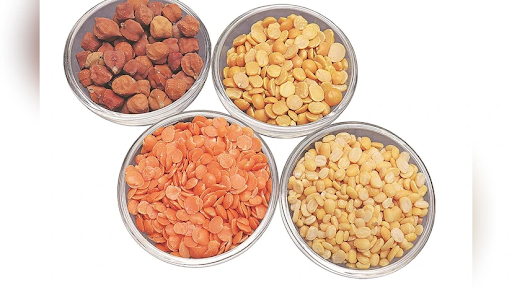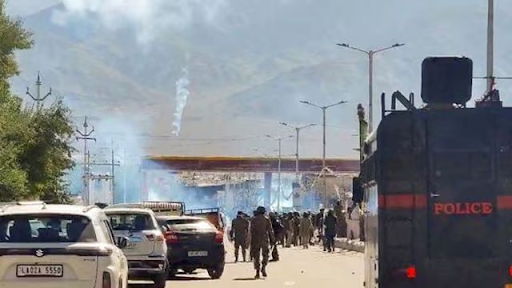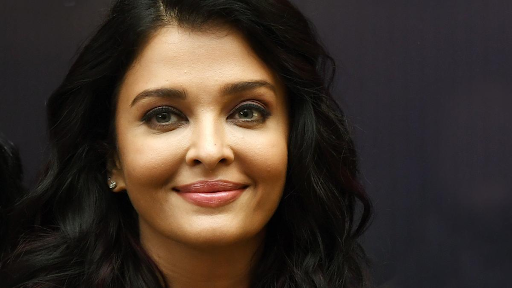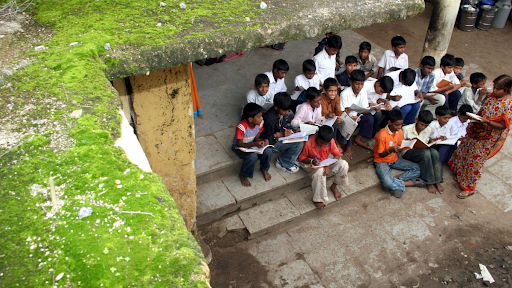Description
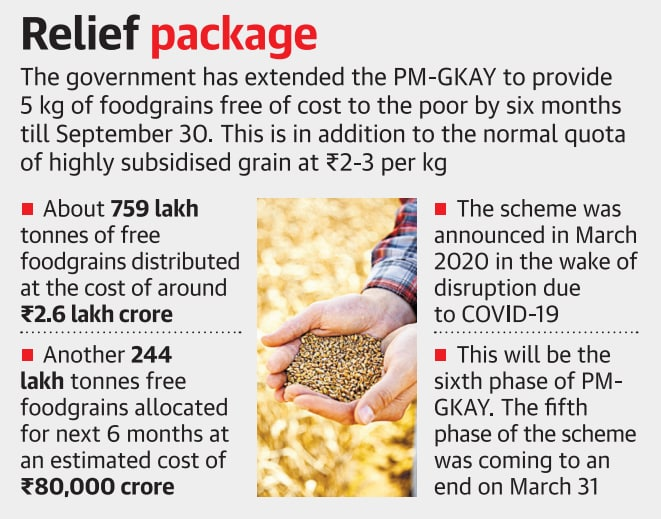
Copyright infringement is not intended
Context - The Union Cabinet extended the Pradhan Mantri Garib Kalyan Anna Yojana (PMGKAY) by another 6 months till September 2022.
Details
- The Union Cabinet, chaired by Prime Minister Narendra Modi, extended the Pradhan Mantri Garib Kalyan Anna Yojana (PMGKAY) by another 6 months till September 2022.
- The scheme was originally introduced during the 1st wave of the COVID pandemic.
- This will be the 6th phase of PM-GKAY.
- The Phase-V of the scheme was to end in March 2022.
About Pradhan Mantri Garib Kalyan Anna Yojana
- Pradhan Mantri Garib Kalyan Anna Yojana (PM-GKAY) is a food security welfare scheme announced by the Government of India in March 2020, during the COVID-19 pandemic in India.
- The program is implemented by the Department of Food and Public Distribution under the Ministry of Consumer Affairs, Food and Public Distribution.
- Pradhan Mantri Garib Kalyan Anna Yojana (PM-GKAY) is a scheme as part of AtmaNirbhar Bharat to supply free food grains to migrants and poor.
- The objective of the Scheme is to support the poorest citizens of India by providing grain through the Public Distribution System.
- The scale of this welfare scheme makes it the largest food security program in the world.
- PMGKAY provides 5 kg of rice or wheat (according to regional dietary preferences) per person and 1 kg of pulses to each family holding a ration card.
Beneficiaries
- Families belonging to the Below Poverty Line, Antyodaya Anna Yojana (AAY) and Priority Households (PHH) categories will be eligible for the scheme.
- PHH are to be identified by State Governments/Union Territory Administrations as per criteria evolved by them.
- AAY families are to be identified by States/UTs as per the criteria prescribed by the Central Government:
- Households headed by widows or disabled persons or persons aged 60 years or more with no assured means of subsistence or societal support.
- All primitive tribal households.
- Landless agricultural labourers, marginal farmers, rural artisans/craftsmen such as potters, tanners, weavers, blacksmiths, carpenters, slum dwellers, and persons earning their livelihood on daily basis in the informal sector like porters, coolies, rickshaw pullers, hand cart pullers, fruit and flower sellers, snake charmers, rag pickers, cobblers, destitutes and other similar categories in both rural and urban areas.
- All eligible Below Poverty Line families of HIV positive persons.
Present Status
- The government has spent approximately Rs 2.6 lakh crore so far and another Rs 80,000 crore will be spent over the next six months till September 2022, taking the total expenditure under PM-GKAY to nearly Rs 3.4 lakh crore.
- The scheme covers 80 crore ration card holders across the country who are supplied 5 kg of rice or wheat and one kg of pulses per person per month.
- The benefit of free ration can be availed through Ration card portability by any migrant labourer or beneficiary under One Nation One Ration Card plan from nearly five lakh ration shops across the country.
- So far, over 61 crore portability transactions have benefited the beneficiaries away from their homes.
- Phase-I and Phase-II of this scheme was operational from April to June, 2020 and July to November, 2020 respectively.
- Phase-III of the scheme was operational from May to June, 2021.
- Phase-IV of the scheme is currently operational for July-November, 2021.
- Phase-V of scheme from December 2021 till March, 2022.
Steps taken by the Government to reduce Poverty and Hunger
- Government launched an action Plan on ‘Undernourishment frees India’ by 2022.
- National Nutrition Strategy has set targets for 2022 and Poshan Abhiyan has Specified 3 year’s targets to reduce Stunting, under nutrition and low birth weight by 2% each year and to reduce anaemia by 3% each year.
- Public Distribution System (PDS) under NFSA (National Food Security Act), 2013 Provides food grains to 67% of India’s Population at Subsidised Prices.
- Operation Green to reduce Price volatility, Provide vegetables to Consumers at affordable Prices.
- Mahatma Gandhi National Rural Employment Guarantee Act (MGNREGA) guarantees “right to work” to adult members of any rural household at Statutory minimum wage, 100 days of employment.
- Deen Dayal Antyodaya Yojana-National Rural Livelihoods Mission.
Concern
- Approx 200 million people in India sleep hungry every night.
- Green revolution turned India into a Food Surplus nation, but a large Part of the Population is Still Poor and Malnourished.
- Challenges of food insecurity and malnutrition, particularly in rural areas.
- Evidence Confirms that increased income does not necessarily translate into improved diets and nutrition.
Steps need to be taken to reduce Poverty and Hunger
- Ensure Sustainable and inclusive economic growth.
- Investing in people to build human Capital.
- Providing Safe water and Sanitation for all.
- Better transport Connectivity.
- Partnership with the Private Sector on infrastructure.
- Boosting agriculture to Create jobs.
- Supporting Children, adolescent girls, and women.
- Facilitating women’s economic empowerment.
- Promoting universal Social Protection.
- Addressing the growing risks of Violence, Disasters and Climate Change.
- Raising agricultural Productivity and Promoting Climate-Smart agriculture.
- Ensure access to affordable and reliable energy.
- Investing in education to boost job Skills.
- Promote regional integration.
- Ensuring food and nutritional Security through alleviation of Poverty and hunger.
- Integrating Agri Production, Nutrition and health.
- Sustainable use of traditional Crops, vegetables, and fruit trees, as well as greater livestock diversity, to increase income and improve food and nutrition Security in rural India.
- Bio-fortification is important in overcoming hidden hunger Caused by micronutrient deficiencies Such as iron, iodine, zinc, vitamin A, and vitamin B12.
- Continue to identify issues and seek evidence-based Solutions through research. Improve Connections between agricultural and nutritional research.
- Decrease food loss and waste through more efficient distribution Systems.
- Address the dual burdens of under-nutrition and obesity to ensure full human potential.
Way Forward
- Poverty is a Condition in which an individual or household lacks the financial resources to afford a basic minimum Standard of living. PM-GKAY would help us to fulfil the national goal of freedom from hunger, and will ensure them a minimum standard of living and a minimum standard of public health.
- Even though the COVID-19 cases have declined and economic activities are gathering momentum, this PM-GKAY extension would ensure that no poor household goes to bed without food during this time of recovery.
https://epaper.thehindu.com/Home/ShareArticle?OrgId=GH89L3M3S.1&imageview=0





